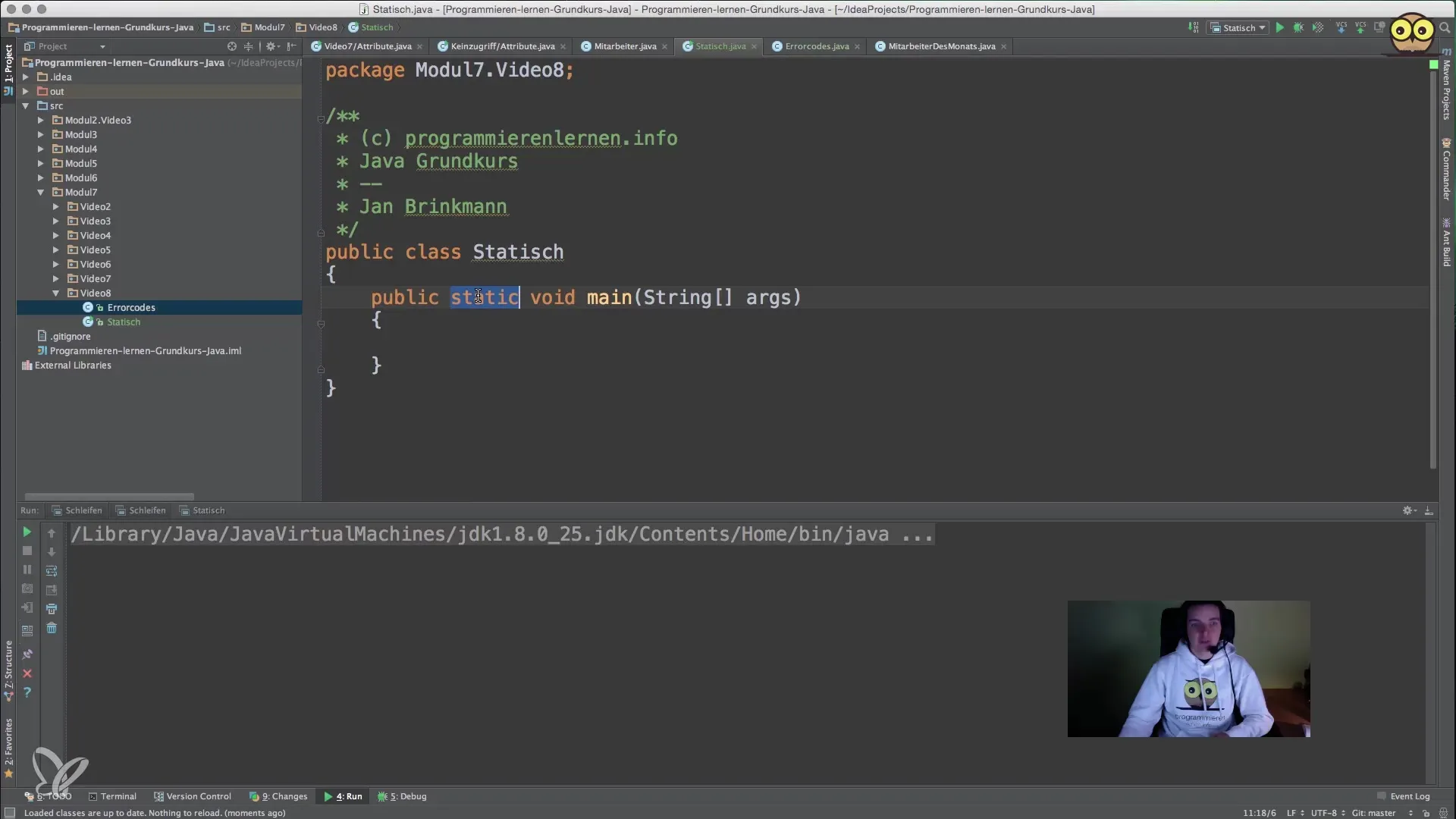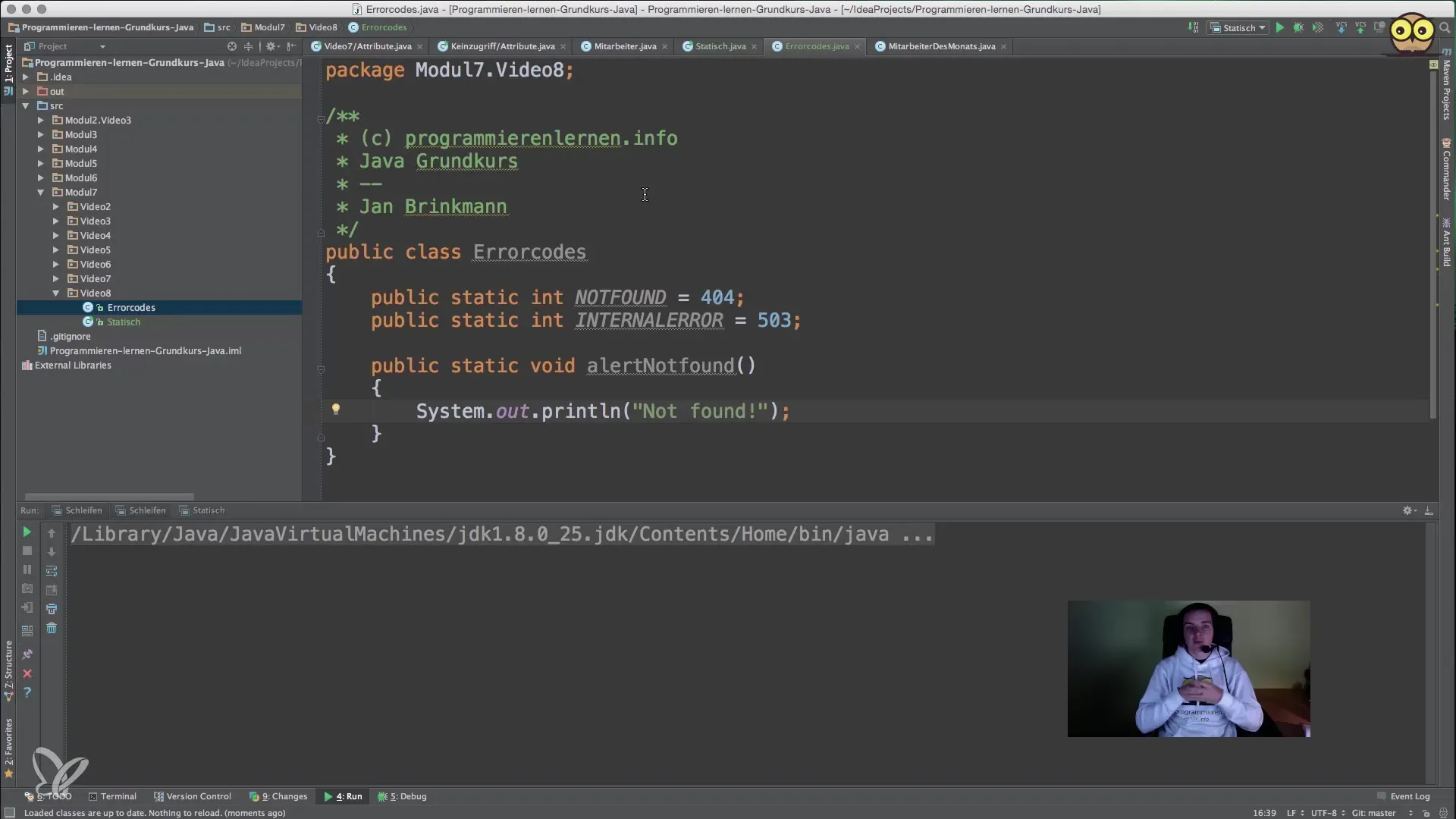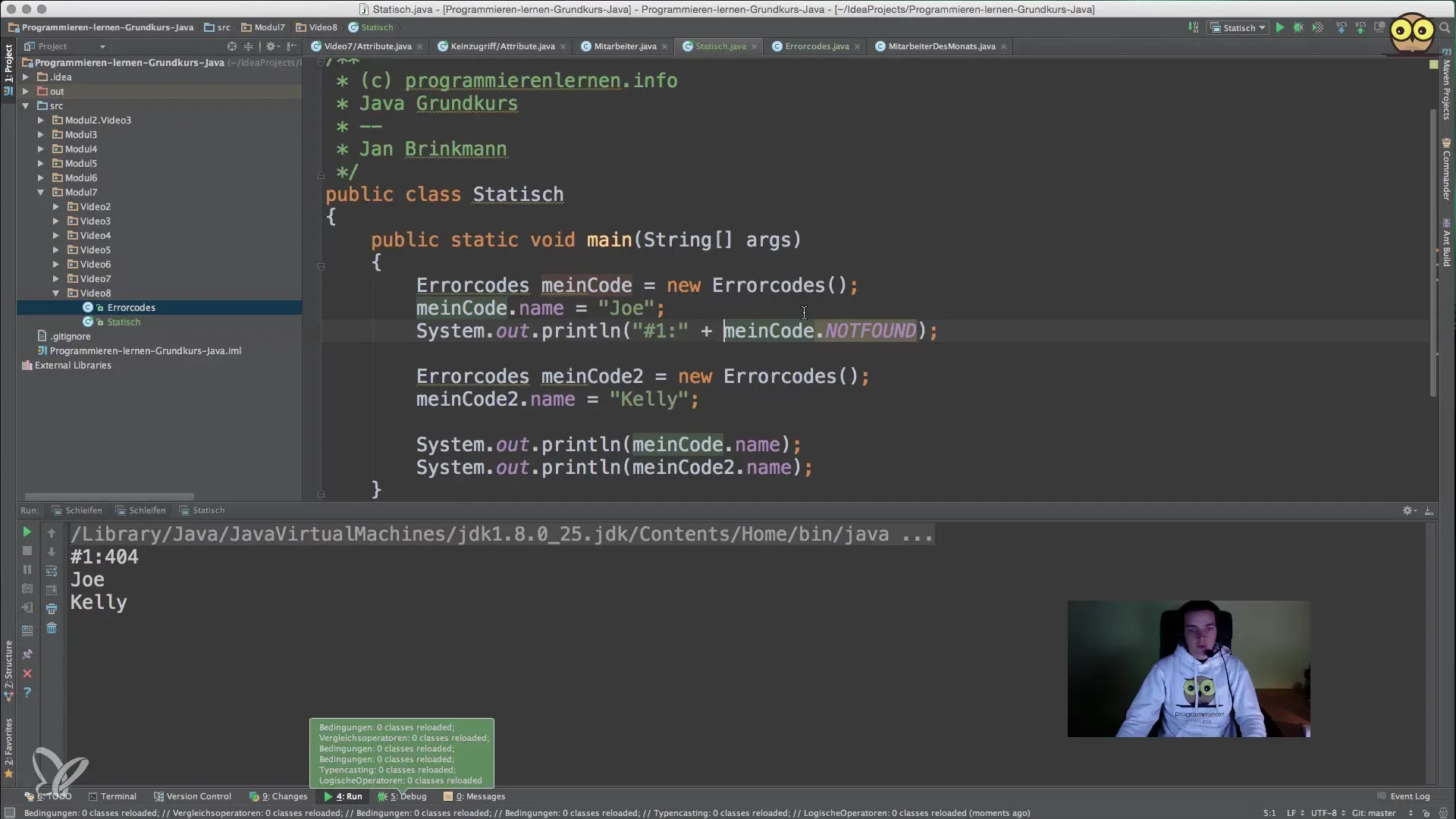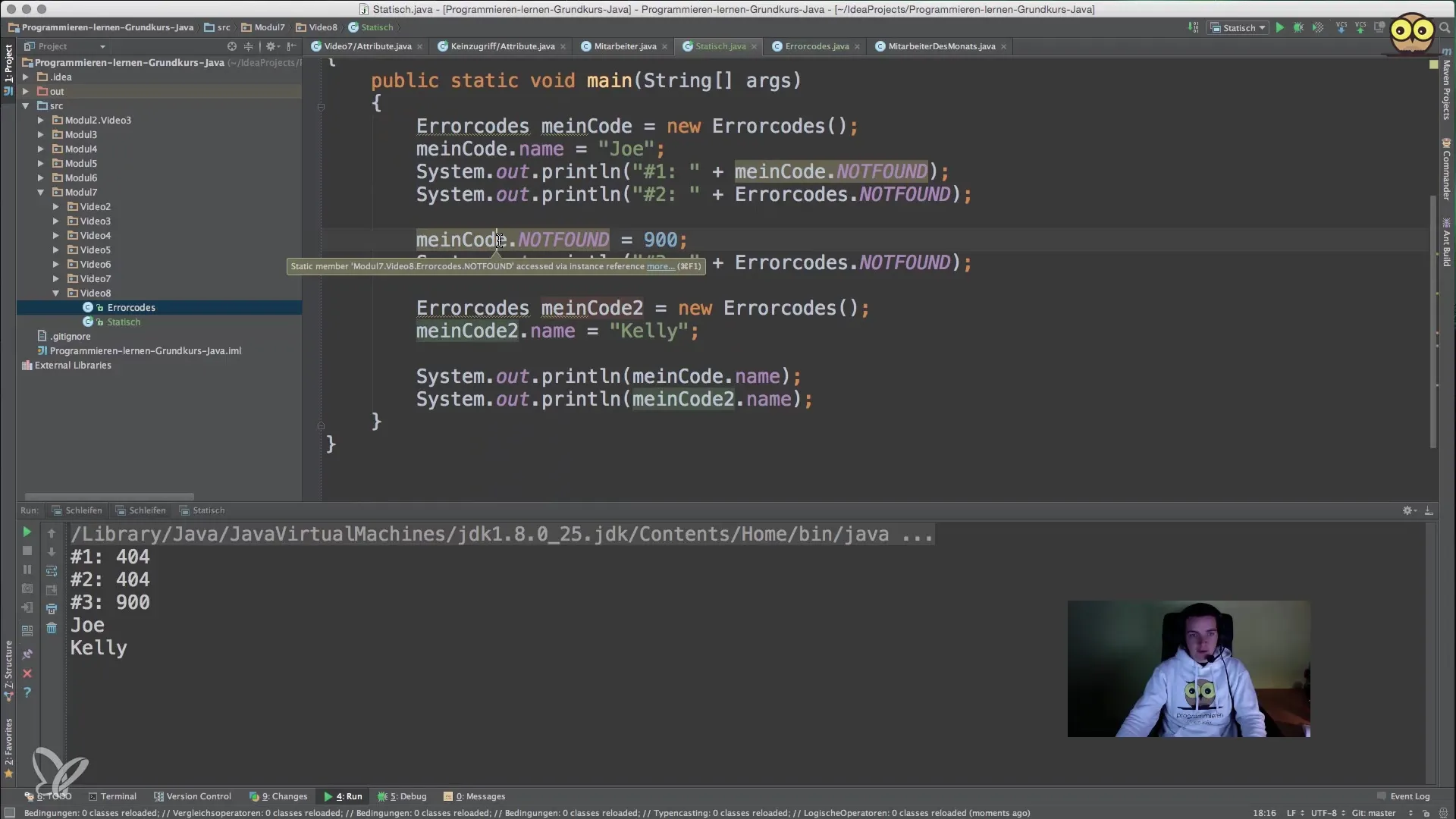In programming Java, understanding the static keyword is of central importance. It affects how and when you can access methods and attributes and defines their lifecycle in the context of classes and objects. In this guide, you will learn what static attributes and methods are, why and how you can use them in your Java programs.
Key insights
- Static attributes belong to the class and not to the instances of the class.
- You can access static attributes and methods without creating an instance of the class.
- The lifecycle of static attributes is independent of the instances created from the class.
- The main() method is declared as a static method to define the entry point of the program.
Basics of the static keyword
The static keyword is used in the Java programming language to assign a special scope to class attributes and methods. Static attributes exist in a fixed memory area and are the same for all instances of the class. Below you will learn what this specifically means.

Static attributes
When you declare an attribute as static, it is stored once per class, regardless of how many objects of that class are created. This means that when you change a static attribute, it affects all instances that access the same attribute.

Instance attributes
Instance attributes, on the other hand, are specific to the respective instance of an object. Each object has its own memory space for these attributes. So, if you have two objects of the same class, their instance attributes can have different values without affecting each other.
Step-by-step guide to using static attributes and methods
Step 1: Class definition and static attribute
First, you define a class in which you declare a static attribute.
The attribute NOT_FOUND is defined here as static. This means that this error code is the same for all instances of the class ErrorCodes.
Step 2: Accessing the static attribute
You can now access the static attribute NOT_FOUND from anywhere in the code without creating an instance of the class ErrorCodes.
In the example above, the error code 404 is printed, regardless of instances created from ErrorCodes.

Step 3: Changing the static attribute
When you change the value of a static attribute, it affects all places in the code that access this attribute. Set the value of the NOT_FOUND attribute to 900.
When you print the value again, you will see that the error code has globally changed – all references to NOT_FOUND now point to the new value.

Step 4: Creating static methods
Static methods work similarly to static attributes. You can define them in your class to encapsulate functionalities that do not depend on instance data.
You can now call this method directly using the class name, just like with static attributes.

Step 5: Benefits of using static
The advantage of static lies in efficiency and clarity. You do not need to create an instance of the class to access important values or methods that should remain unchanged since their definition, such as error codes. This makes your code simpler and easier to maintain.
Step 6: Use in public classes
The main method is also an example of a static method. It is used as the entry point for the Java program and therefore must be callable without creating an instance of the class.
Summary – Static Attributes and Methods in Java
Understanding static in Java is crucial for structural and efficient programming. You have learned how to utilize static attributes and methods to consolidate access and values without having to worry about instances. These techniques will help you make your code cleaner and more effective.
Frequently Asked Questions
How are static attributes defined in Java?Static attributes are declared with the keyword static in a class and are the same for all instances of the class.
How do I access a static attribute?You access static attributes using the class name and the dot operator without creating an instance.
What is the advantage of using static attributes?Static attributes reduce memory consumption and allow central access to values used by all instances.
Why is the main() method declared as static?The main() method must be declared static to be callable independently of the creation of an object instance.
Can I change the value of a static attribute?Yes, the value of a static attribute can be changed; however, this affects all instances that access this attribute.


